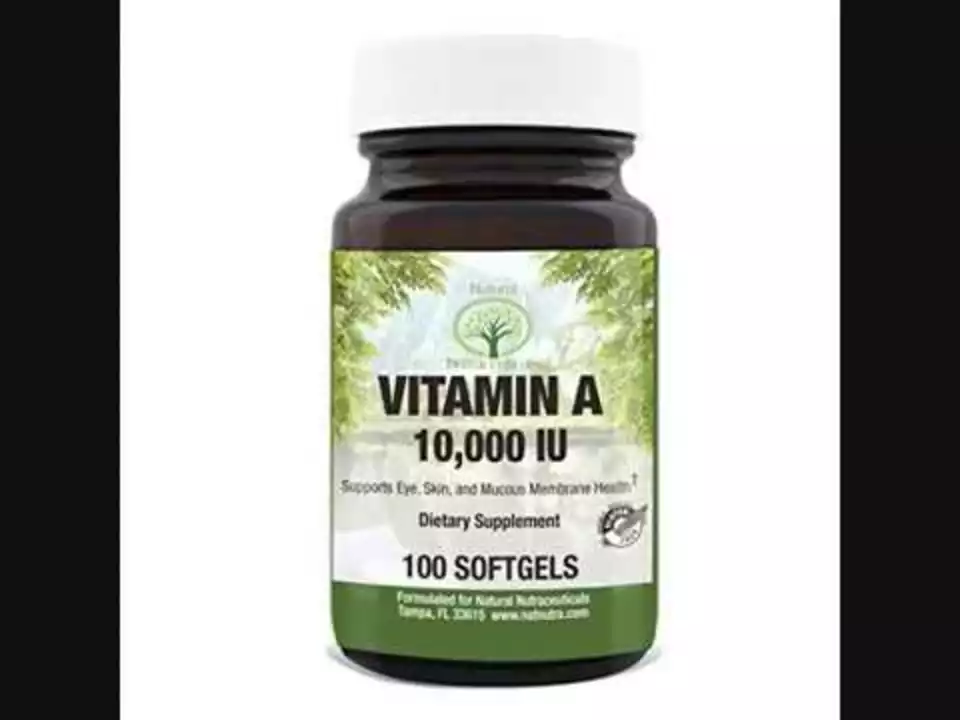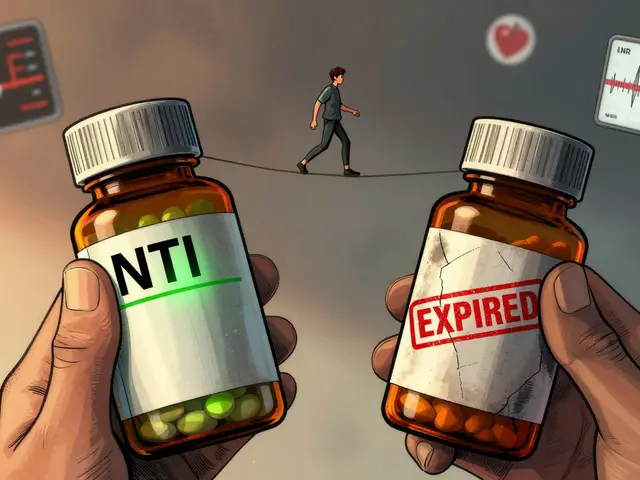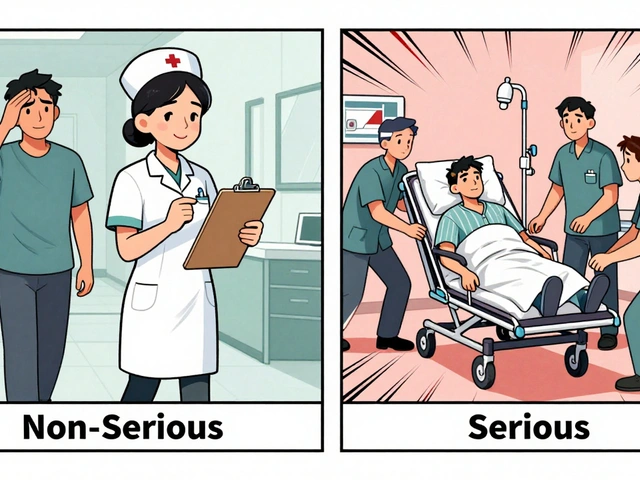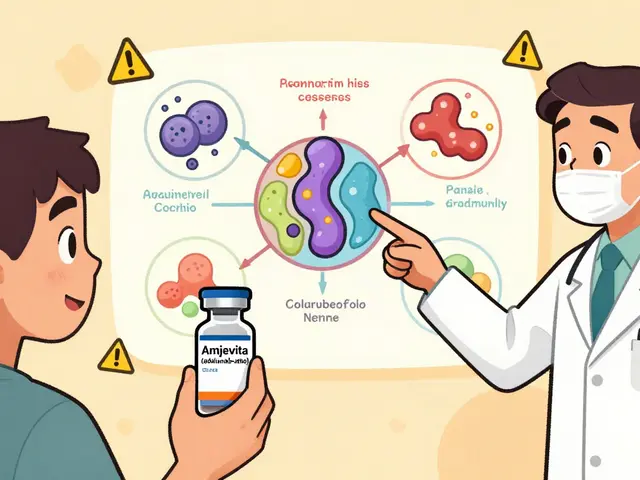Nutritional needs: how to meet them every day
Wondering what your body actually needs each day? Start simple: calories for energy, protein to repair tissue, carbs for fuel, fats for hormones, and fiber for digestion. Beyond those, a few vitamins and minerals matter more than fancy diets. This page gives short, usable steps so you can shop, cook, and eat with confidence.
Figure out your baseline
First, estimate your calorie needs using your activity level and age. If you move a lot, add 200–500 calories; if you sit most of the day, keep it lower. For protein aim for about 0.7–1.0 grams per pound of body weight if you're active; less if you’re mostly sedentary. Carbs and fats fill the rest—choose whole grains and healthy fats like olive oil, nuts, and fatty fish.
Want a faster approach? Use the plate method: half vegetables and fruit, a quarter lean protein, and a quarter whole grains or starchy veg. That covers most nutritional bases without counting every gram.
Focus on the nutrients that matter
Fiber: Aim for 25–35 grams daily from whole foods—vegetables, beans, oats, and fruit. Fiber helps digestion, supports gut recovery after infections, and keeps blood sugar steadier. (See our guide on fiber for gastroenteritis recovery for more tips.)
Protein: Include a source at every meal—eggs, yogurt, beans, chicken, tofu, or canned fish. Protein keeps you full and helps muscles and immune function.
Key vitamins & minerals: Vitamin D, B12, iron, calcium, and omega-3s are commonly low in many diets. If you eat little dairy, consider calcium and vitamin D options. If you follow a vegan diet, watch B12 and iron. A simple blood test plus a chat with your doctor tells you if supplements are needed.
Healthy fats: Don’t fear fat. Use small amounts of olive oil, avocado, nuts, and fatty fish. They help absorb fat-soluble vitamins and support brain and heart health.
Whole foods first: Try to get most nutrients from food before turning to pills. Fortified foods and small, targeted supplements work well where gaps exist. If you take prescription meds, check with your clinician—some drugs change vitamin needs or absorption.
Practical shopping tips: Buy frozen vegetables, canned beans, and whole grains. These last longer, cost less, and keep your meals balanced. Cook in batches and freeze portions for busy days.
Quick meal ideas: Overnight oats with fruit and nuts for breakfast, a big salad with chickpeas or grilled chicken for lunch, and a sheet-pan dinner with salmon, root vegetables, and a leafy side for dinner. Snack on yogurt, fruit, or hummus with veggies.
If you have special needs—pregnancy, diabetes, kidney disease—work with a dietitian or your doctor to tailor macro and micronutrient targets. Small, steady changes beat drastic diets. Adjust portions, choose whole foods, and check in with a pro when needed. Want article links and simple recipes? Check our related posts for fiber, supplements, and joint-support nutrition.

How to Choose the Right Iron-Folic Acid Supplement for You
Choosing the right iron-folic acid supplement can be overwhelming, but it's essential for my overall health. Firstly, I need to consider the dosage of both iron and folic acid, ensuring it meets my daily requirements. Secondly, I should look for a supplement with good absorption rates, as it will help my body utilize the nutrients better. It's also important for me to check for any additional ingredients, such as vitamin C, which can improve iron absorption. Lastly, I must consult my doctor for personalized advice, as they can help me make the best decision for my unique needs.
View More




